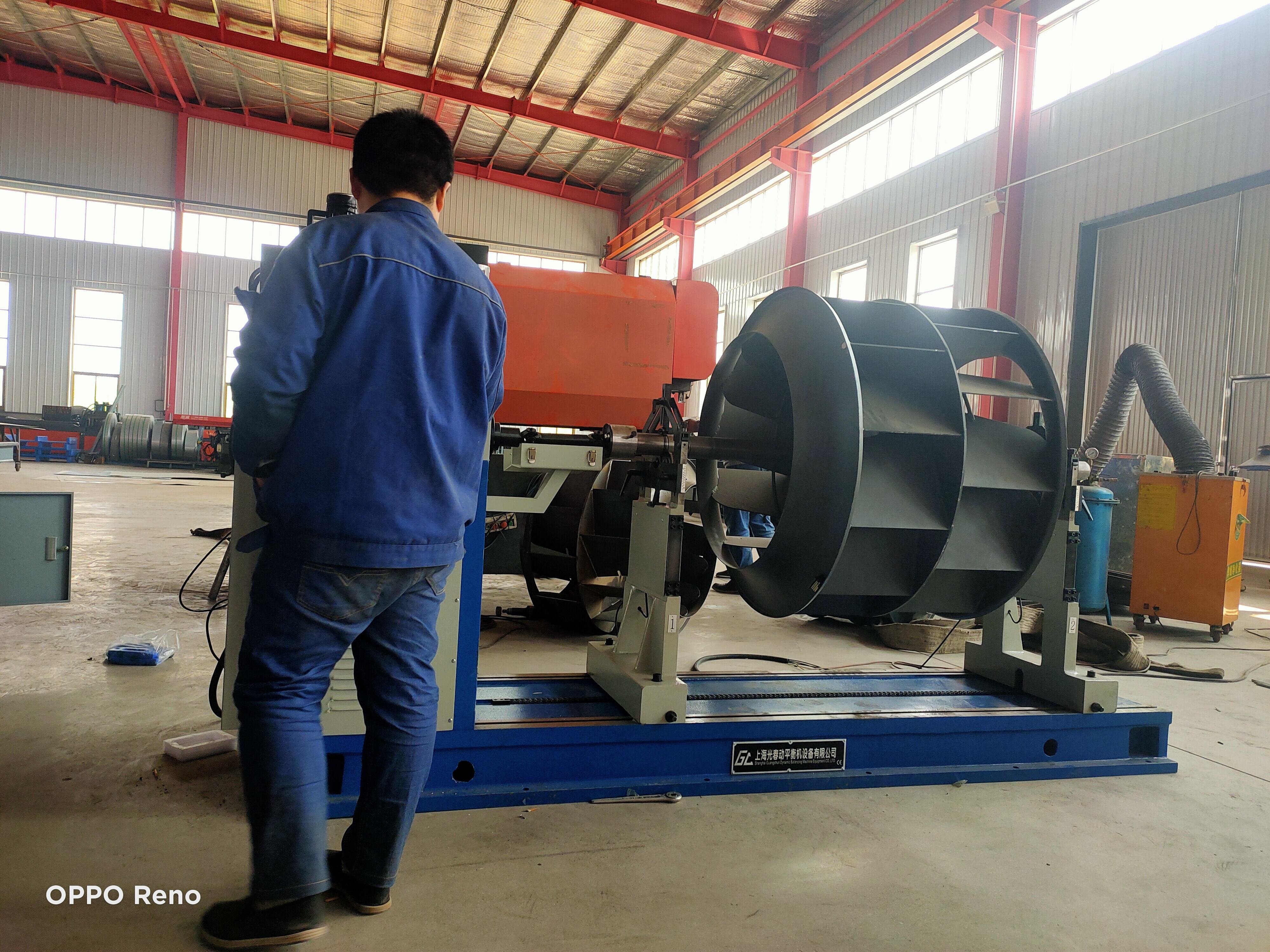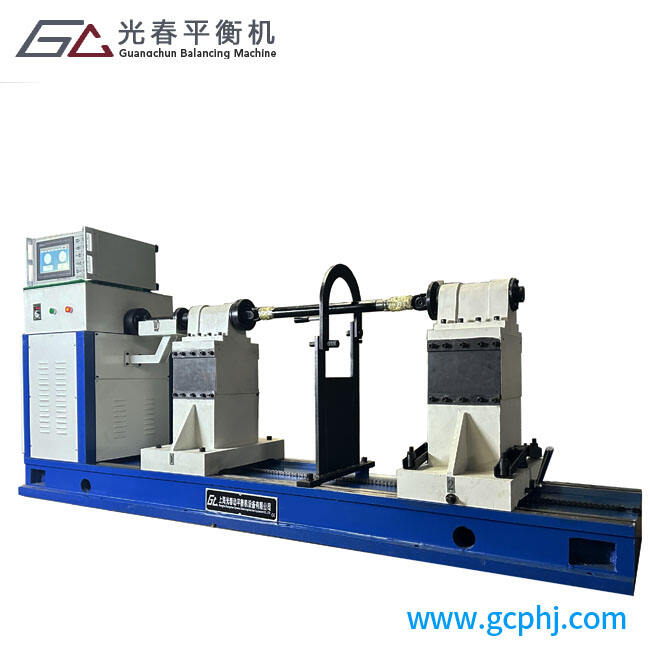electric motor balancing
Electric motor balancing is a crucial maintenance process that ensures optimal performance and longevity of electric motors. This precise technical procedure involves analyzing and correcting the distribution of weight around a motor's rotating components, primarily the rotor assembly. The process employs sophisticated diagnostic equipment to detect any imbalances that could lead to excessive vibration, premature wear, or catastrophic failure. During the balancing procedure, technicians measure vibration levels at various speeds and positions, using specialized sensors and computerized analysis systems to identify the exact location and magnitude of imbalance. Once detected, corrections are made by strategically adding or removing weight from specific points on the rotor. This might involve attaching balance weights, removing material, or making adjustments to existing components. The technology has evolved significantly, now incorporating digital precision instruments and real-time monitoring capabilities that can detect imbalances as minute as a fraction of a gram. Applications range from small precision motors used in medical equipment to large industrial motors powering manufacturing facilities. The process is essential in maintaining efficiency across various sectors including manufacturing, power generation, HVAC systems, and transportation.


